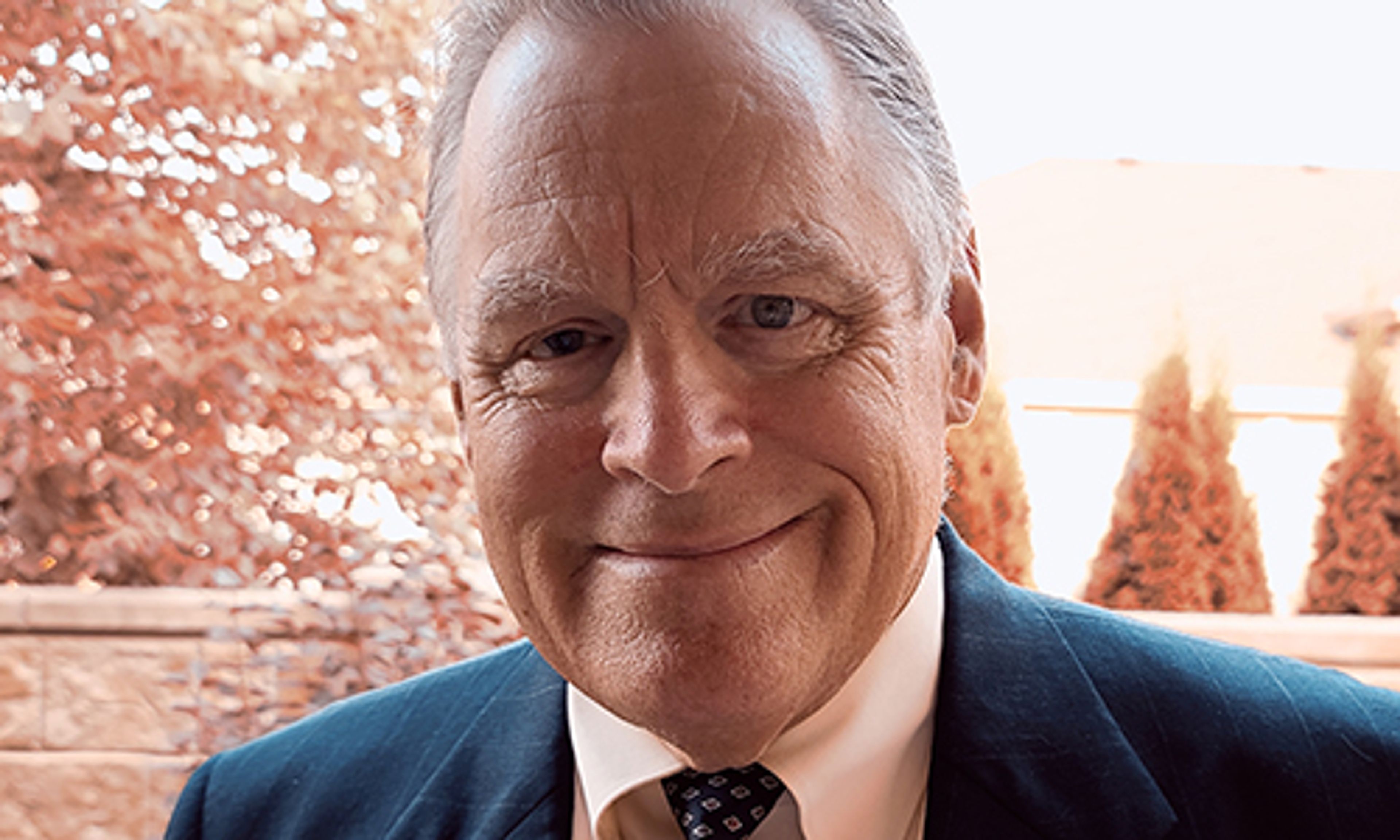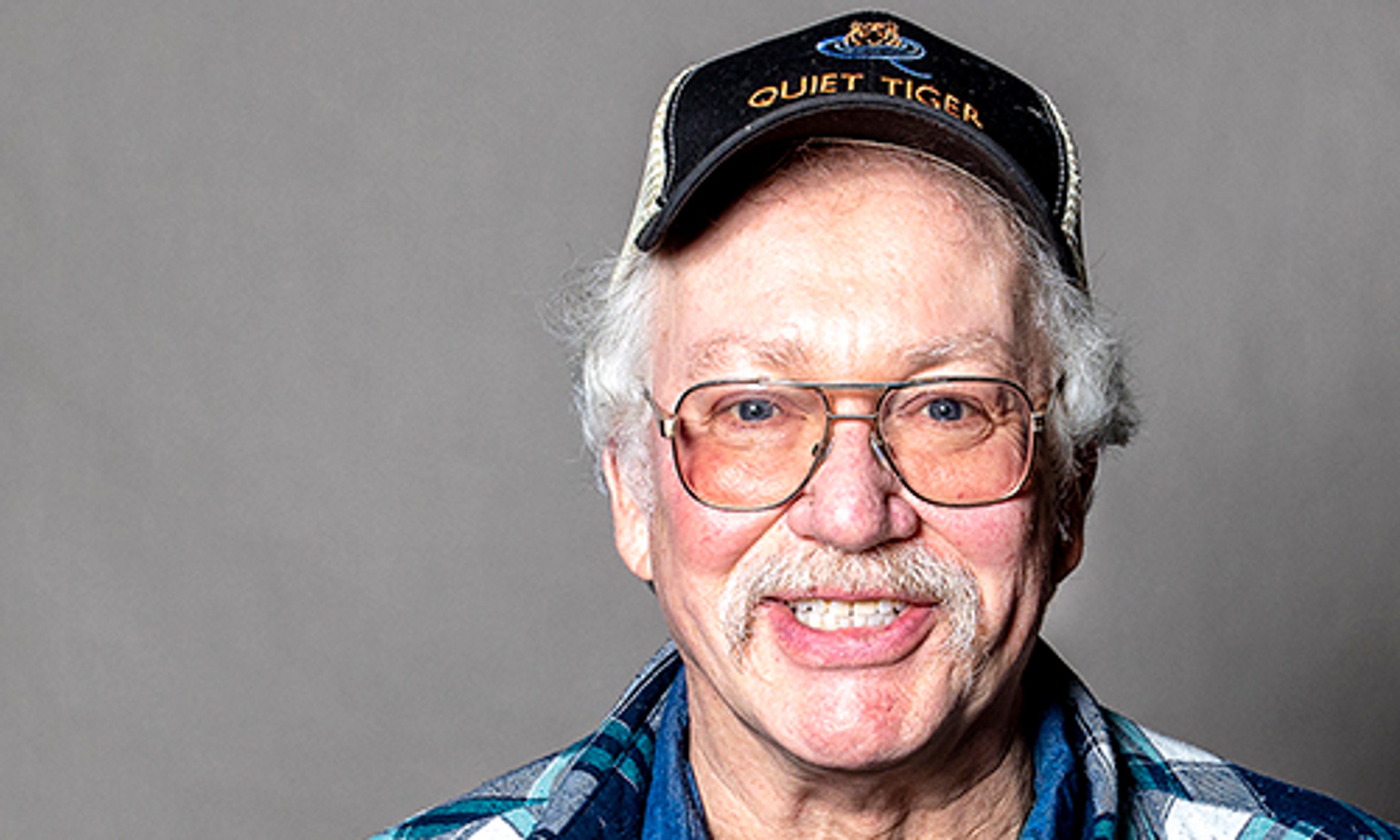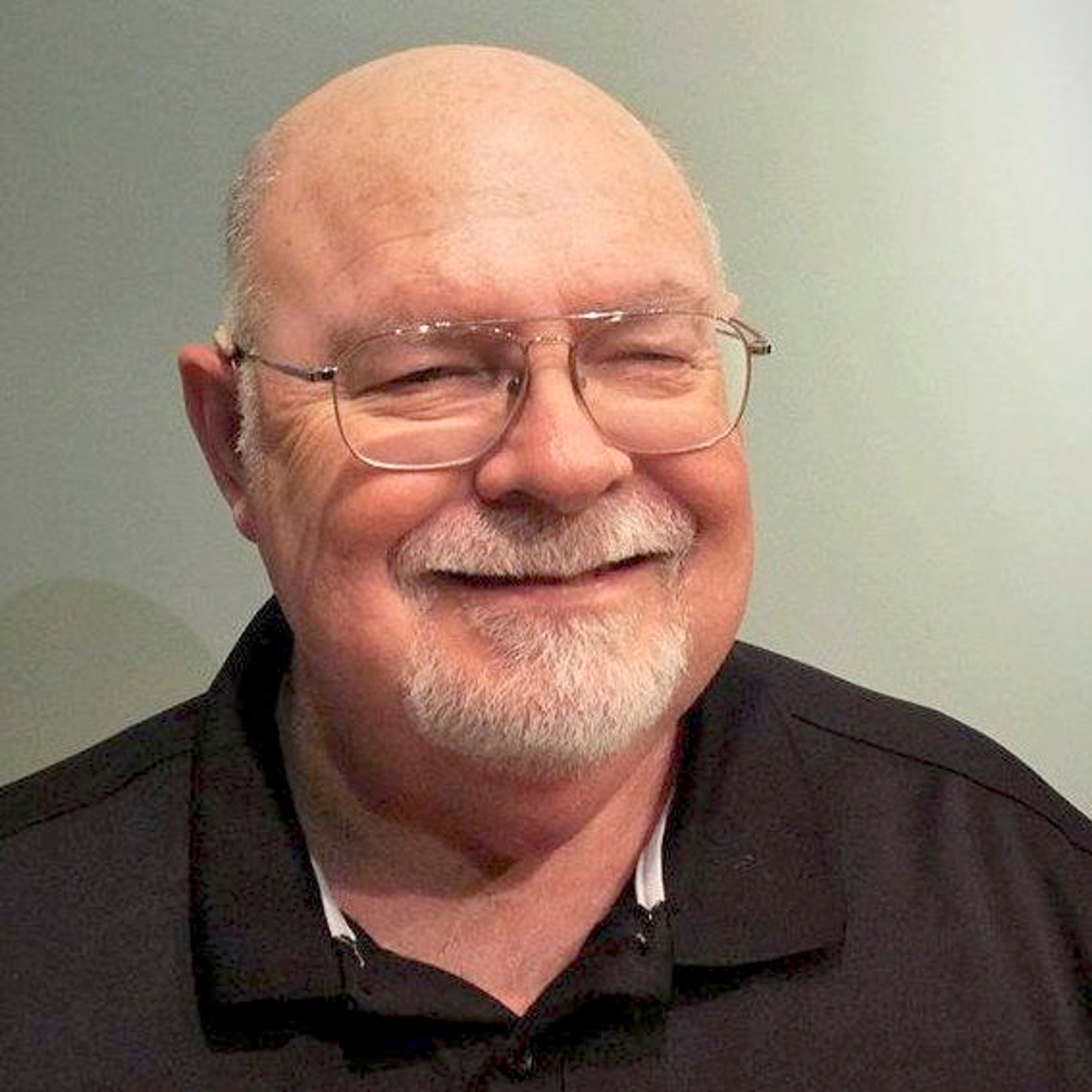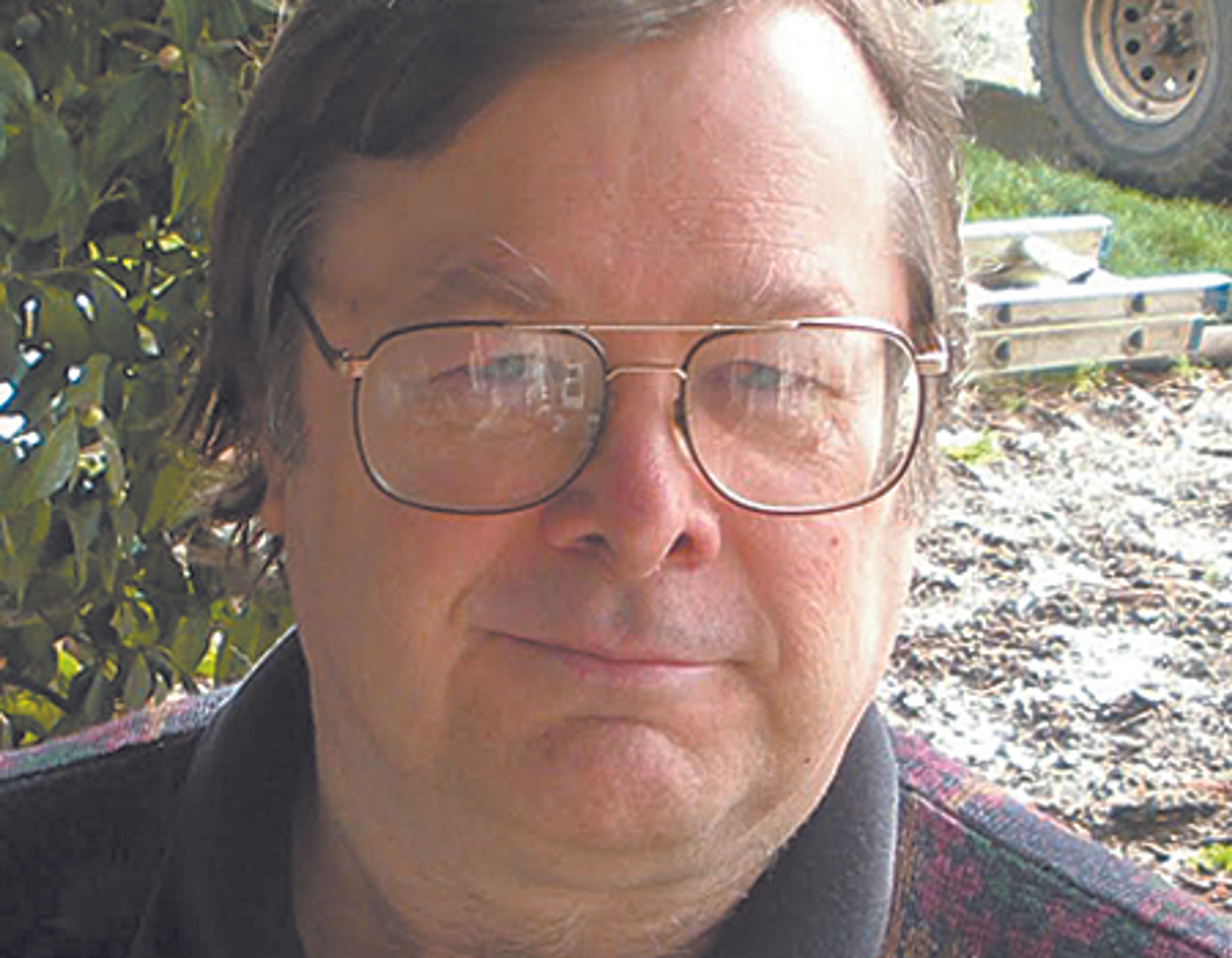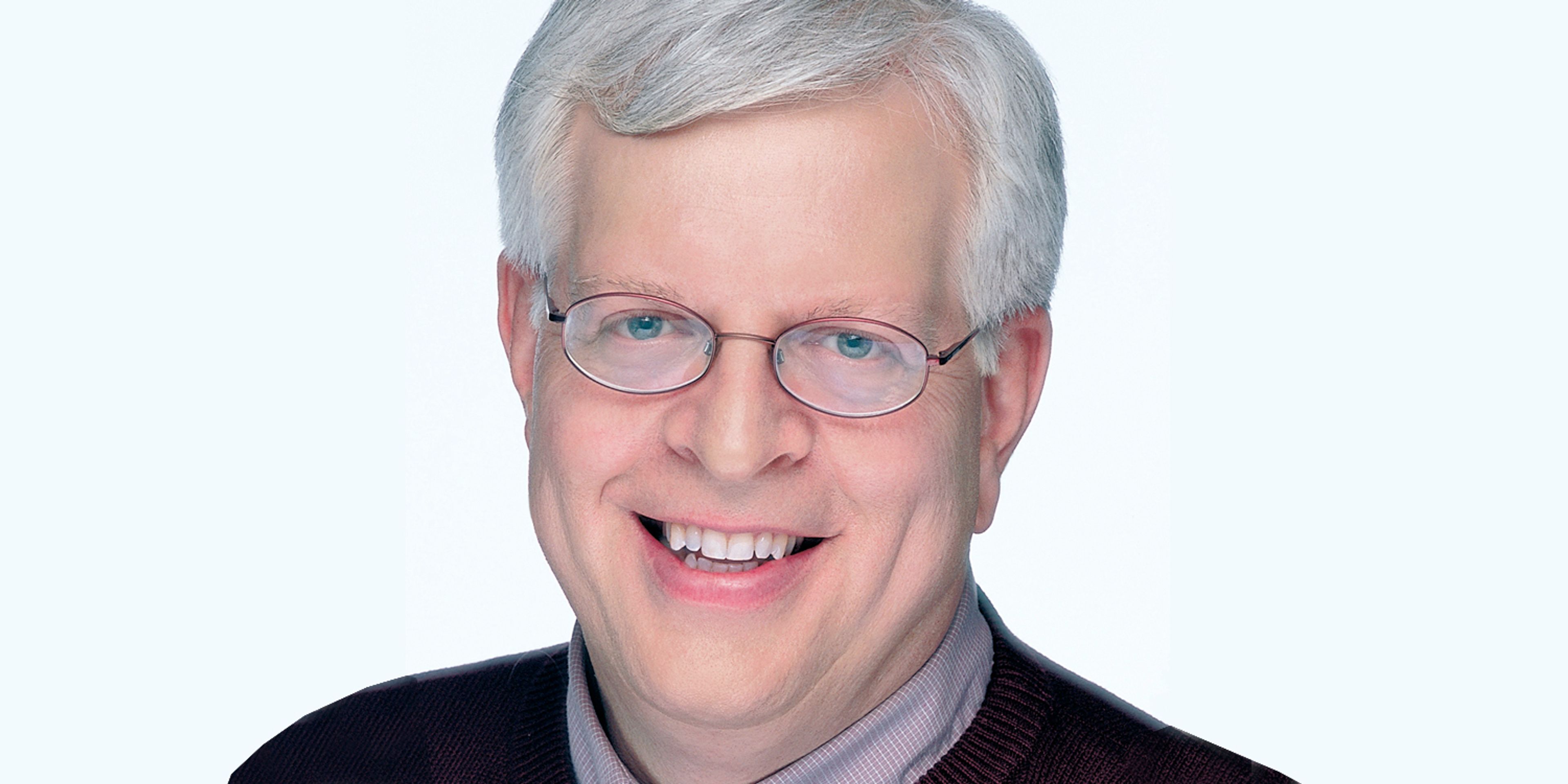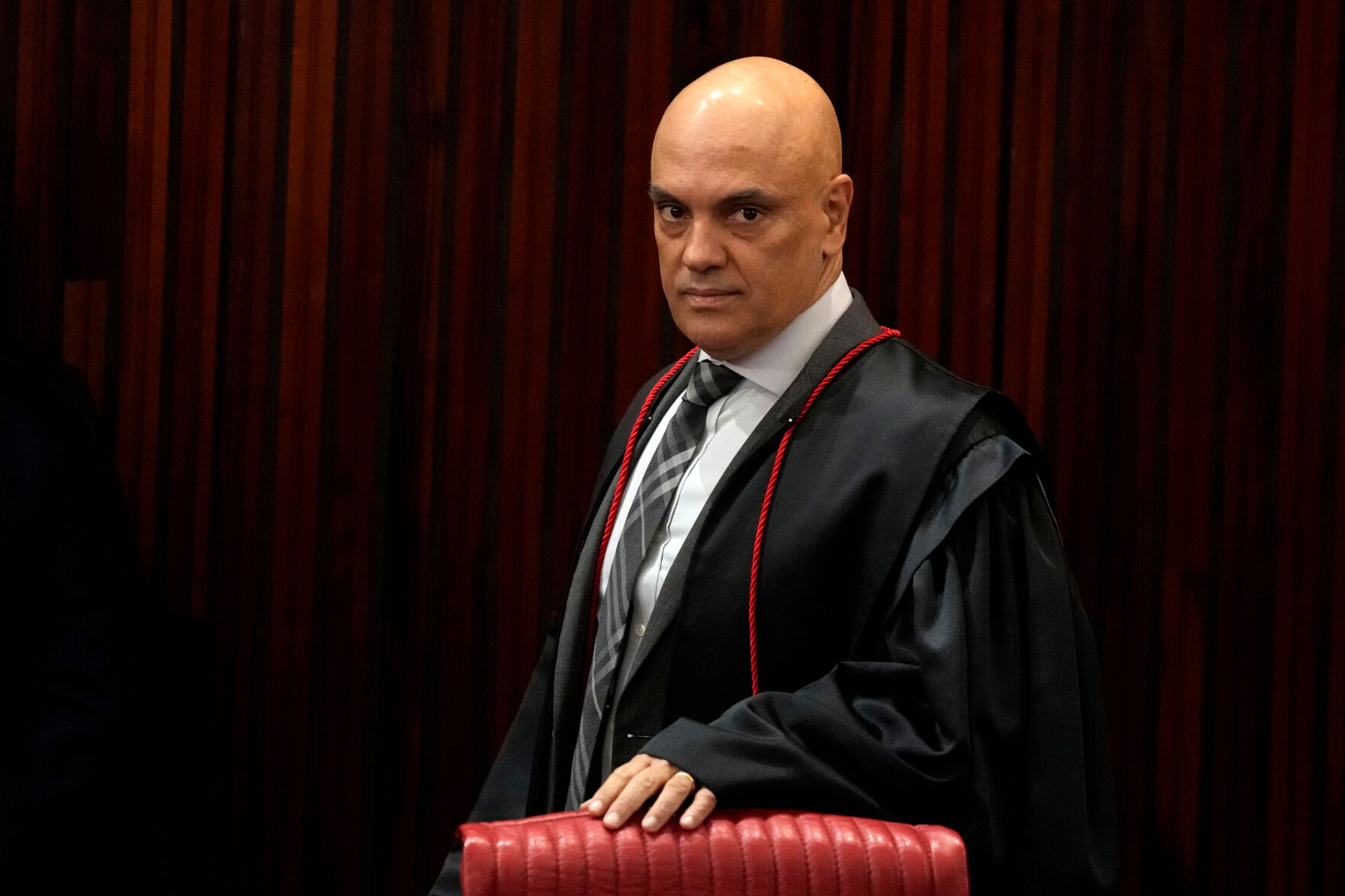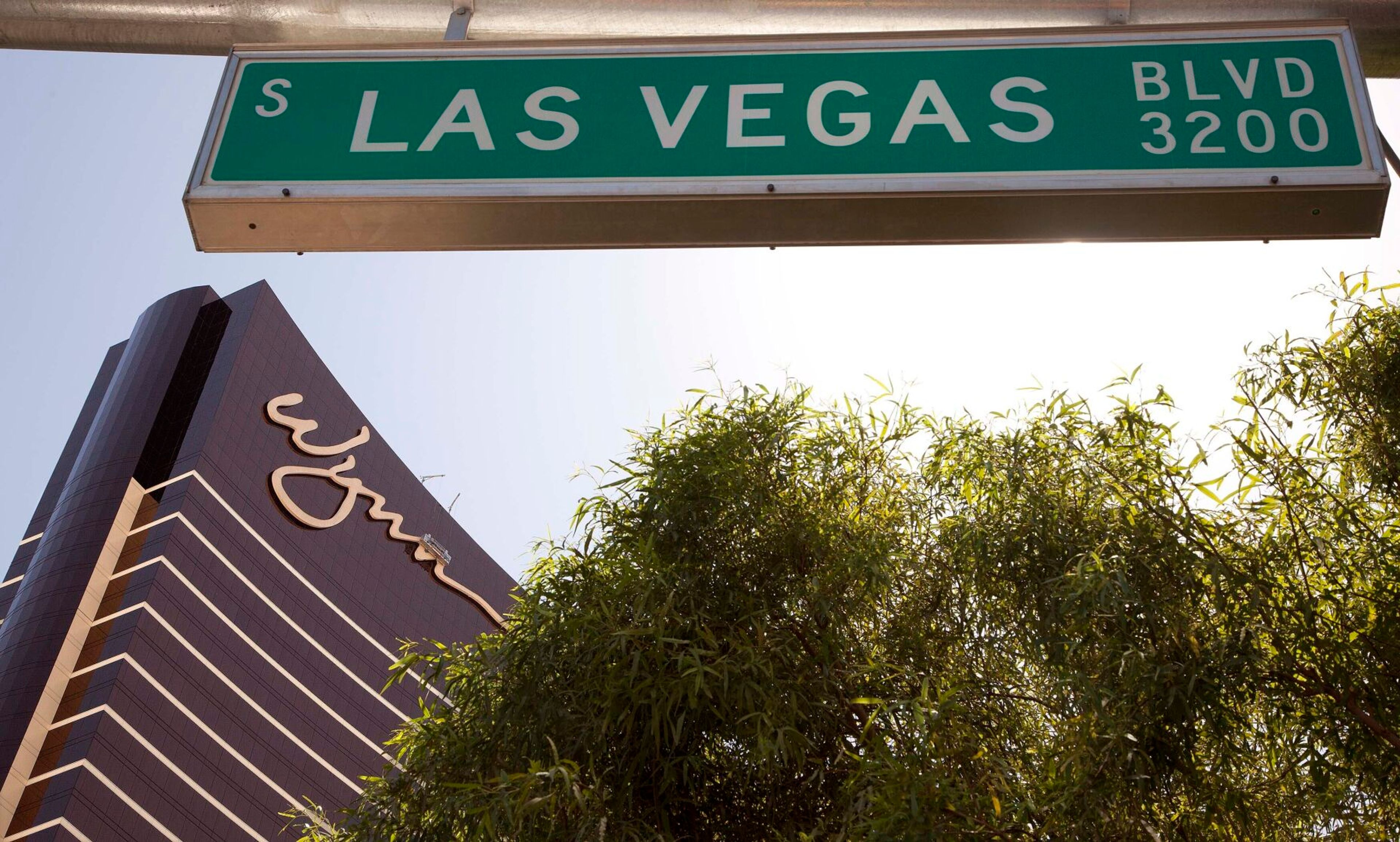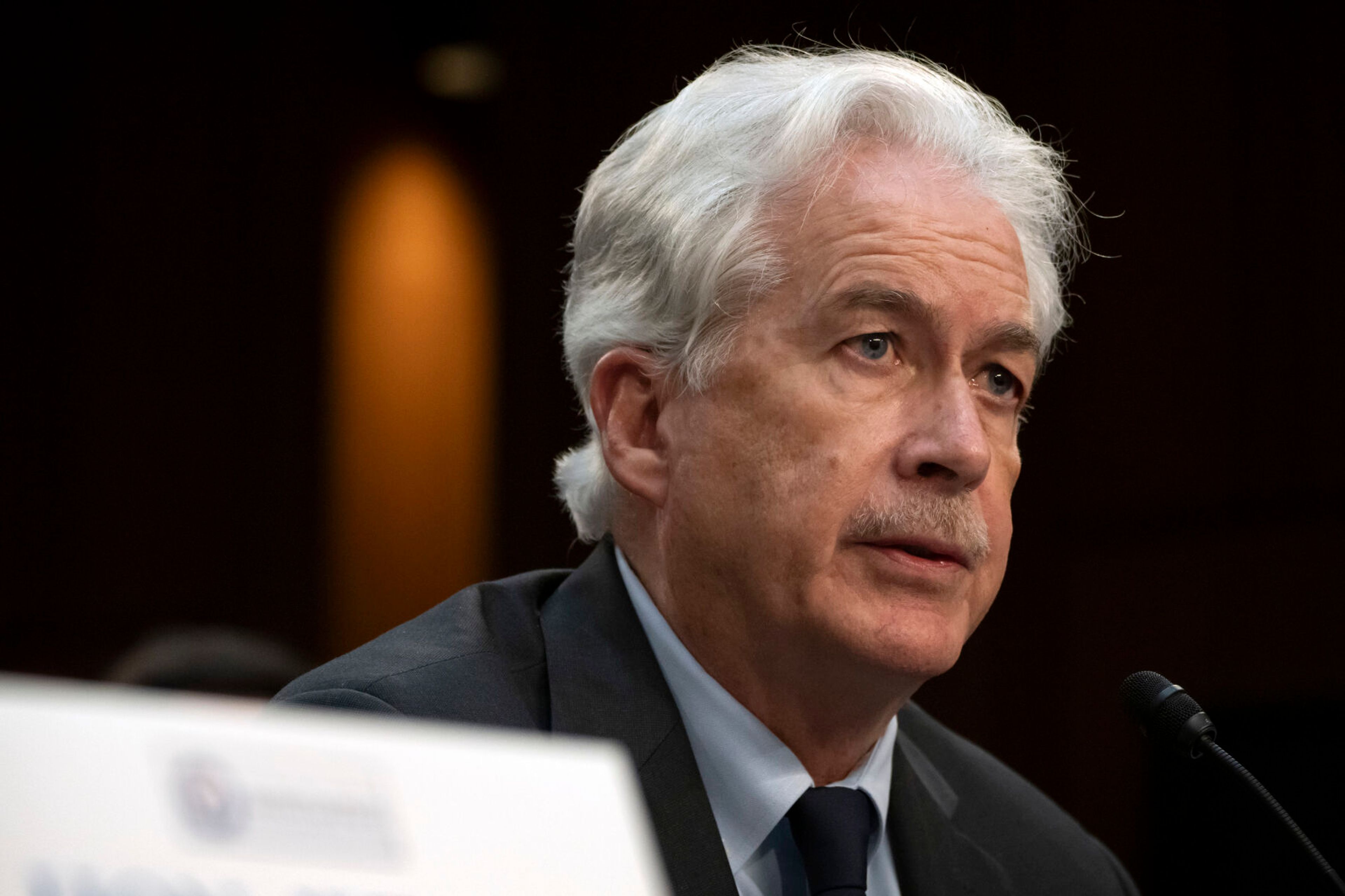The Idaho quote of last week: Idaho Falls attorney and Republican state party official Bryan Smith saying, “If Idaho gets ranked choice voting, we’re finished. It’s that simple.”
That could be true, depending on how you define “we.”
Smith could be referring to the Idaho Republican Party, but that won’t work. Idaho simply has too many Republicans — and Republican-leaning voters — for any tactics like ranked choice or even gerrymandering to much change the picture.
But it could change which Republicans are in charge.
Let’s game this out.
The system of primary elections, as Idaho has known it, would go away. Instead, in the primary (in the sense of “first”) election, all candidates for a given office — specifically, U.S. Senate, U.S. House of Representatives, state Legislature, statewide office and county elective offices — would appear on the ballot, and voters could pick one candidate for each of them. If only four or fewer people have filed for a specific office, they proceed to the November election directly. If more than four file, then the four top vote-getters continue to the general election.
Then in November, when voters select from among those (up to) four people, they get to make a nuanced choice: They pick a first preference, then a second (in case the first choice falls short of winning) and a third. If no candidate gets an outright majority among top-choice votes, then the second-place votes come into play — and maybe the third-place — until someone winds up with a majority of the vote.
That would eliminate the idea of someone winning one of those offices with, say, 23% of the vote. Every winner will have had to get some level of support from a majority of voters.
In most contests, the decision would be made the way it always has: In any race with only two candidates, one always gets an outright majority. This change would only affect races with three or more candidates.
Where will this make a difference? Mainly in two places.
One is where two, major-party candidates are in a competitive contest and an independent or third-party candidate — or more than one — also is on the ballot. We do see a number of these for top-of-ballot offices like governor (less often locally, though it happens), and if the major party contenders are close, the minors can make a difference. (Consider Ralph Nader and the Florida election results in 2000.) Ranked choice would change that by asking people to mark their second choice, resulting in a more acceptable result to a majority of voters.
The second place it matters is when a major, especially dominant, political party has a split between factions. In California, Alaska and Washington state, which have variations of this election system in place, some districts are so strongly Democratic or Republican that the top two choices in November sometimes belong to just one party.
And that works. Imagine a legislative district fairly typical in Idaho: strongly Republican, with three candidates filing for a seat. One is a traditional conservative Republican, one is a Republican in the mold of the more extreme state party leadership and a one is a Democrat. All three would pass through the primary to November. Then, if the district is strongly Republican — as most in Idaho are — the two Republicans probably would wind up in first and second place, possibly with neither getting a majority. The Democratic voters would then be able to weigh in on one of the Republicans as a second choice.
That might — might — throw the election to the mainstream Republican, and that precisely is what has state party leaders like Smith and Chairperson Dorothy Moon so concerned. But consider what it also means: All of the voters will get to have a meaningful voice in who is elected to represent them, which is far from the situation now. All of the candidates would have an open shot at persuading the voters to elect them. What would matter is who the voters choose.
It would allow voters to choose the elected officials, not the other way around. If some party leaders disapprove of that, pause a moment to consider why.
Stapilus is a former Idaho newspaper reporter and editor and blogs at ridenbaugh.com. His email address is stapilus@ridenbaugh.com.

